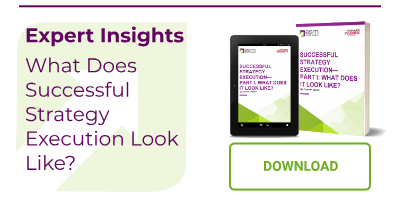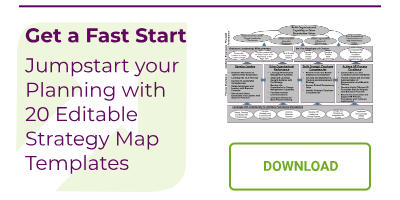Let's be honest—AI implementation isn't as glamorous as the headlines make it seem. While tech giants showcase their latest breakthroughs, most organizations are wrestling with messy legacy systems, skeptical stakeholders, and budgets that seem to shrink every time someone mentions "machine learning."
If you're nodding along, you're not alone. The reality is that real-world AI rollouts are complicated, and the gap between proof-of-concept and production-ready systems is where many promising projects go to die.
The Hidden Culprits Behind AI Failures
The most common AI problems don't happen because the technology failed—they happen because organizations skipped the unglamorous groundwork. Think about it: you wouldn't build a house without checking if the foundation can support it, yet companies routinely deploy AI models without ensuring their data infrastructure can handle the load.
We've seen projects derailed by everything from poor data quality (garbage in, garbage out isn't just a saying) to cultural resistance from employees who view AI as a threat rather than a tool. Sometimes it's as simple as choosing the wrong model for the job, or failing to plan for the inevitable moment when your perfect pilot needs to integrate with that 15-year-old ERP system.
The Strategic Approach That Actually Works
 The organizations that succeed with AI share a common trait: they treat implementation as a systematic journey rather than a one-off project. They start by asking tough questions about business alignment before they fall in love with any particular technology. They invest in data governance before they need it. They plan for user adoption from day one, not as an afterthought.
The organizations that succeed with AI share a common trait: they treat implementation as a systematic journey rather than a one-off project. They start by asking tough questions about business alignment before they fall in love with any particular technology. They invest in data governance before they need it. They plan for user adoption from day one, not as an afterthought.
Most importantly, they recognize that AI success depends on getting twelve critical areas right—from ensuring your infrastructure can scale to establishing ethical guidelines that prevent embarrassing headlines. It's not just about the technical components; it's about orchestrating technology, people, processes and data into a cohesive AI strategy.
Building Momentum Through Smart Execution
The best AI implementations follow a pattern: they start with clear, measurable business goals and quick wins that build stakeholder confidence. They prioritize data quality and establish robust governance early. They design for integration challenges and plan fallback strategies before problems arise.
Perhaps most crucially, successful organizations treat change management as seriously as they treat model selection. They understand that the most sophisticated AI system is worthless if employees don't trust it or don't know how to use it effectively. That’s why a quick win that proves AI’s value and eases your team into using AI to drive real impact is so imperative.
Your Next Steps Forward
If you're embarking on an AI journey—or trying to rescue one that's struggling—the key is approaching it systematically. Every organization's path will be different, but the fundamental questions remain the same:
- Are you solving the right problems?
- Do you have the right foundation?
- Are you prepared for the human side of change?
The good news? You don't have to figure this out from scratch. We've developed a comprehensive self-assessment checklist that walks you through the critical considerations for each phase of AI implementation. It's designed to help you identify potential roadblocks before they derail your project and create a repeatable process for scaling success.
Ready to turn your AI ambitions into sustainable results? [Download our complete AI Implementation Checklist] and start building on solid ground.
And if you’re already down the path on your AI journey and you’re interested in formal scorecard-driven approach that leverages the NIST AI Risk Management Framework, schedule a demo of ESM and the NIST AI Risk Management Framework.
About ESM Software: ESM Software helps teams design, execute, measure and optimize their strategic plans with industry-leading software and coaching. Our integrated suite of cloud-based applications was built to meet your strategy and execution needs, with solutions for strategy management, risk/compliance, employee performance management, and operational scorecards.






